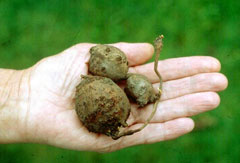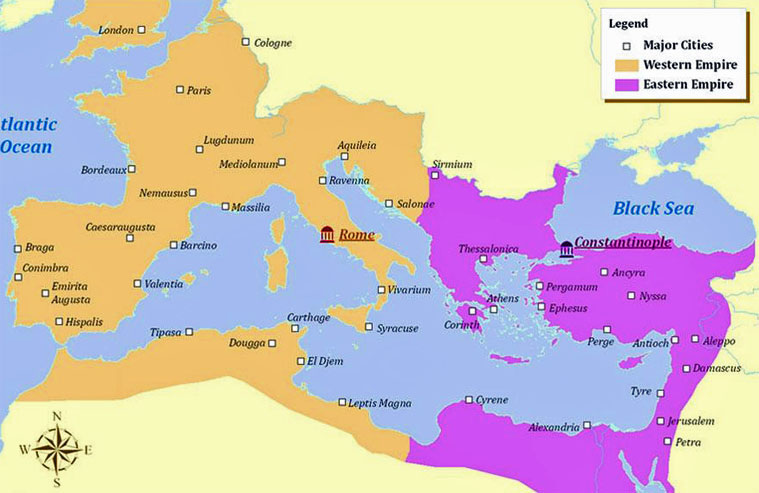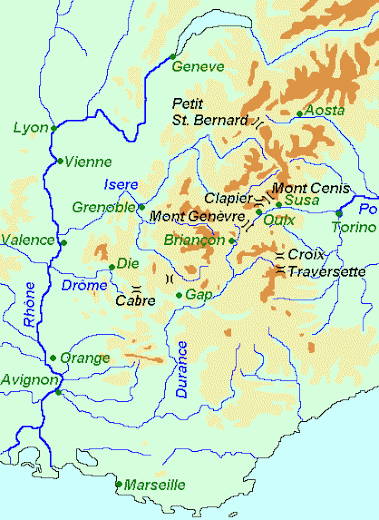The people thus afflicted, are miserably scratched and bitten, so that the Marks are most visible to all the World, but the causes utterly invisible; and the same Invisible Furies do most visibly stick Pins into the bodies of the afflicted
Many of the afflicted were said to have visible marks from sustaining injury by supposed witch attacks. The "containment" of this evil was possible since often times when accused witches were seized and tried, the marks went away. However, in the case of blacks, it was thought that because their skin could never become white, they would never be cured of evil.
McMillan, Timothy J. “Black Magic: Witchcraft, Race, and Resistance in Colonial New England.” Journal of Black Studies 25.1 (1994): 99-117. JSTOR. Web. 17 Feb. 2016.





